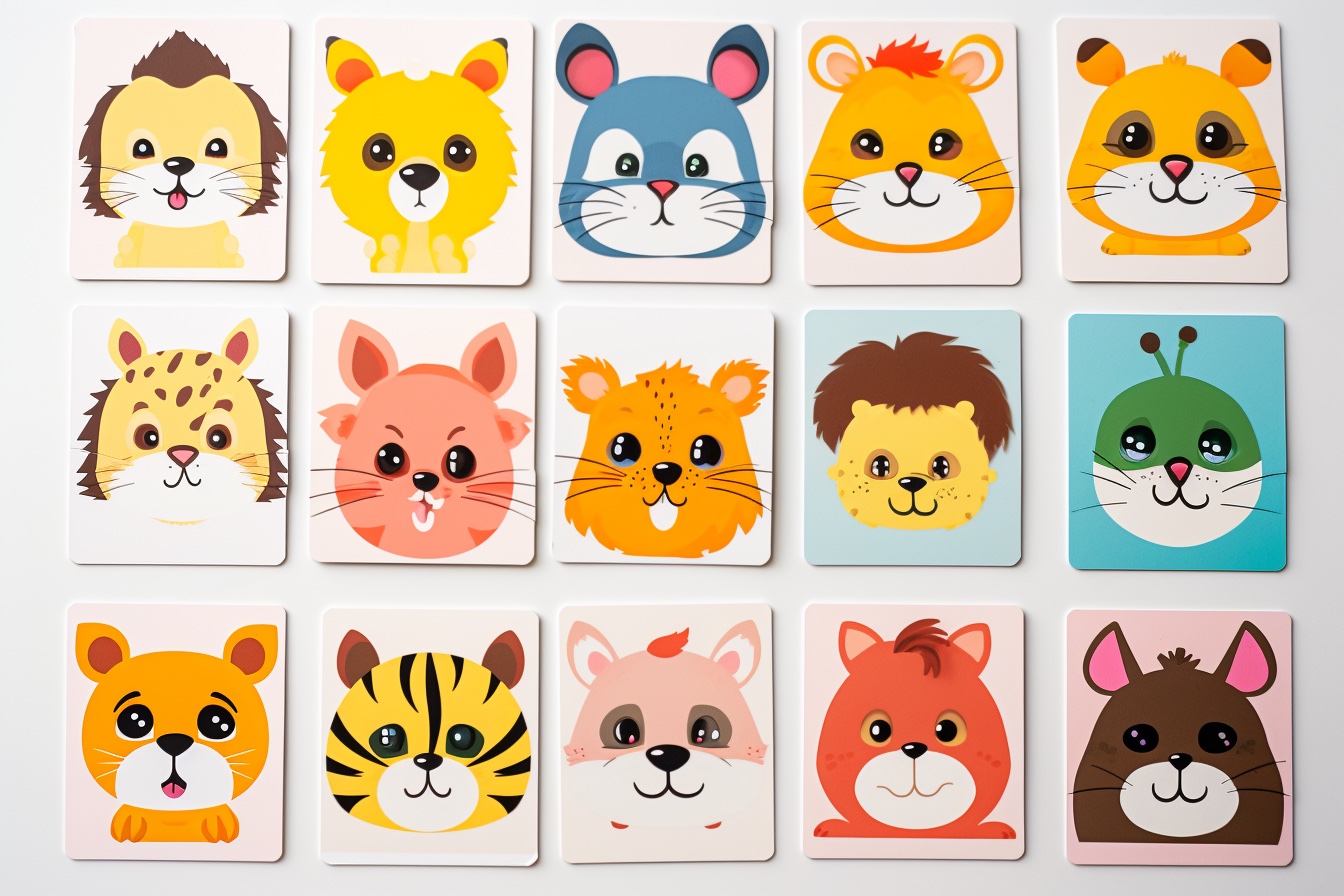Start with Context
Let’s not waste time. Children don’t inherently grasp abstract concepts like adults do. If you throw affirmations like “I am confident” at a four-year-old, you’re essentially talking Greek to them. Make it relatable. When teaching a new letter, we often say, “A as in Apple.” Similarly, tell them an affirmation is like a magic spell that makes them strong.
- Use simple language
- Relate to things they already know
- Provide examples
“If you can’t explain it to a six-year-old, you don’t understand it yourself.” – Albert Einstein
Visual Aids are King
Remember the good old flashcards for multiplication tables? Time to get crafty. Create vibrant affirmation cards, with not just the words but also illustrations. Picture a lion for courage, and write “I am brave” underneath. The visual aids etch the affirmation deeper into their young minds.
Interactive Techniques
Got a stubborn one who can’t sit still? Try affirmation games. ‘Affirmation Tag’ or ‘Whisper Down the Affirmation Lane’—you’re only limited by your imagination. Kids enjoy learning through play, and this is no exception. In fact, integrating affirmations within games might be the hack you didn’t know you needed.
- Affirmation Tag
- Whisper Down the Affirmation Lane
- Affirmation Simon Says
Affirmation Jars: Emotional First-Aid Kit
You’ve heard of a “Worry Jar,” right? Let’s give it a twist and introduce the “Affirmation Jar.” This is not just a jar; it’s an emotional first-aid kit for kids. Ask your child to write down or draw their affirmation for the day and drop it into the jar. But here’s the upgrade: include those vibrant affirmation cards you made earlier. Picture pulling out a card that screams “I am brave” with a lion illustration—talk about a morale booster!
On those inevitable tough days, all your child needs to do is shake that jar and pull out an affirmation or card. It’s the perfect blend of tactile and visual engagement. They’ll love the physical action of opening something for a reward, and it adds an extra layer of affirmation to their day.
Routine is Your Ally
Here’s the kicker: Make it a habit. Just as you wouldn’t water a plant sporadically and expect consistent growth, you can’t bring in affirmations as a once-in-a-blue-moon activity. Regular bedtime affirmations can seamlessly blend into their bedtime story routine, reinforcing the habit effortlessly.
Adapt and Evolve
Does your child love Spider-Man? Great, adapt affirmations to relate to superheroes. Kids are dynamic, ever-changing beings, and so should your approach be. Adaptability is the cornerstone of successful implementation.
Check for Understanding
So, you’ve introduced your kiddo to affirmations, and they’re chanting “I am brave” like a mini superhero. But hold your horses. Do they really get it? Understanding is the linchpin here.
- Initiate a Casual Chat: After the affirmation session, sit down with them. Ask, “What does ‘I am brave’ mean to you?” Keep it as casual as a chat about their favorite cartoon.
- Use Examples: If they’re struggling to articulate, give them a nudge. Ask, “Is it like when you climbed the big slide for the first time?” Use recent examples that are fresh in their minds.
-
Questions, Questions, Questions: Dive deeper with questions like “How do you feel when you say your affirmation?” or “Why do you think saying ‘I am brave’ helps you?” Get those little gears turning!
-
Fill in the Gaps: Based on their answers, you’ll know what to clarify. If they think ‘brave’ means not being afraid of the dark, but they still scamper away from the pet dog, you’ve got some explaining to do.
-
Keep it Real: End the conversation by appreciating their insights. “Wow, I never knew you felt that way when saying ‘I am brave,’ that’s pretty cool!” Validation fosters understanding.
So, don’t just assume they’re on the same page. This quick five-step check ensures your child not only repeats affirmations but truly comprehends them. It’s like making sure they’re not just parroting the lines of a song but actually get the lyrics.
Make Them Part of the Process
This isn’t a lecture; it’s a two-way street. Let them come up with their own affirmations. The empowerment they feel in creating their own “magic spells” is transformative and ensures they’re more invested in the process.
- Let them write their own affirmations
- Allow them to decorate their affirmation cards
- Encourage them to share their affirmations with others
Tackling Resistance
Your child might initially find it silly or shy away from saying affirmations aloud. In this case, a little humor goes a long way. Make it funny, exaggerate the affirmation, use silly voices, or even sing it. The goal is to reduce inhibition and resistance.
The Impact Beyond Words
Last but not least, affirmations are not just about the words but the mindset they cultivate. Encourage them to visualize their affirmations, imbuing them with feeling and meaning. The sheer power of imagining “I am kind” while visualizing sharing toys or helping a friend is an impactful exercise that goes beyond mere repetition.
Ready to Take Their Affirmations to the Next Level? Mastering the Art of Kids’ Affirmations: An Advanced Guide
